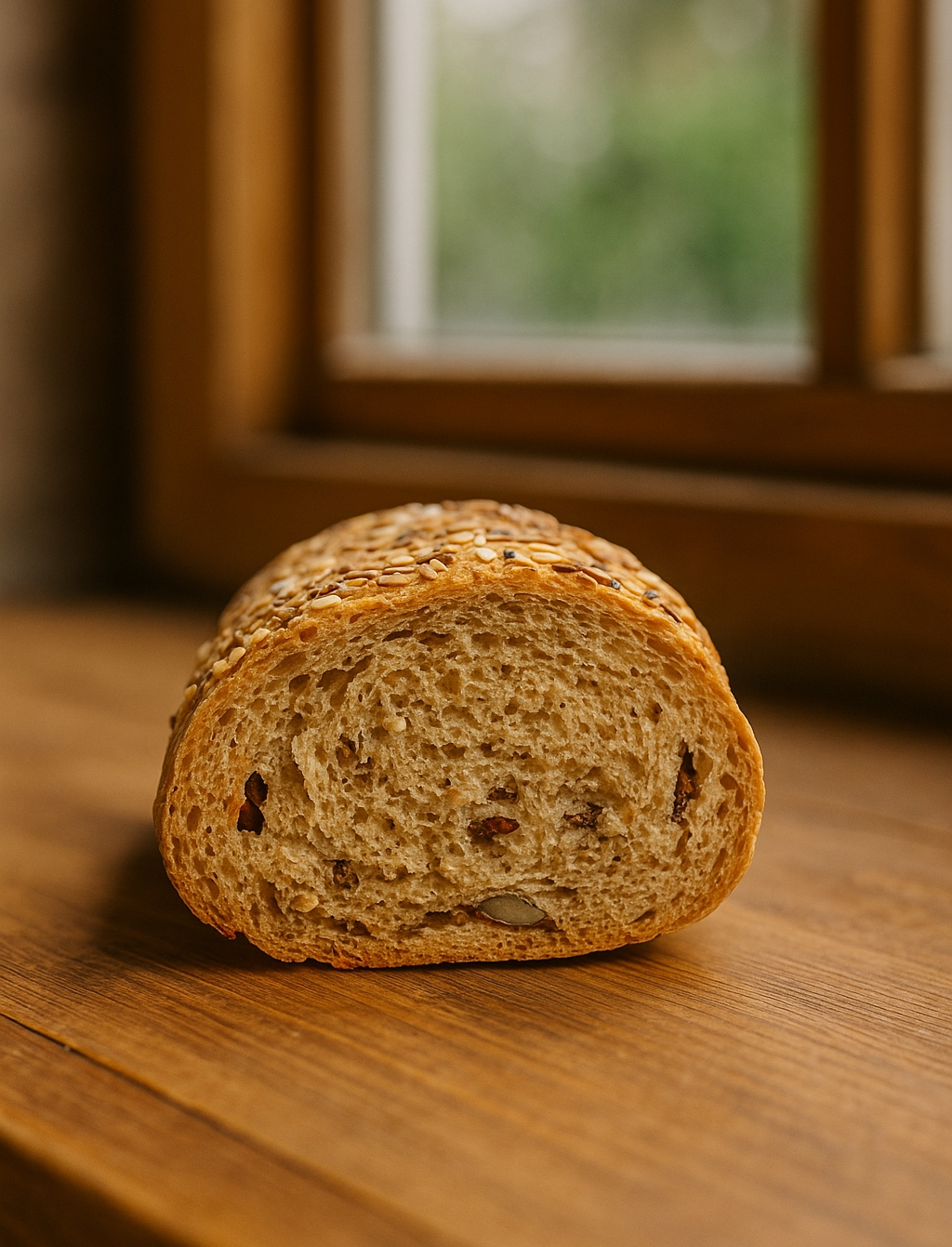July 21, 2025

More and more people in the 21st century are consciously choosing what food to eat and what composition of products to look for. Previously, this was a privilege -- Prof. Rimvydas Laužikas, a gastronomy culture researcher, notes that only the wealthy could set high standards for food, even bread. However, to what consumer expectations for bread is “Mantinga” responding today?
According to the professor, numerous people were going undernourished or starved until the 19th century. “Although bread could be found in every Lithuanian home, it was often of poor quality -- with bromes, bran, or even mixed with tree bark. It is evident that nobody was thinking about healthy food at that time -- it was important simply to have something to eat,” says R. Laužikas.
Wealthier part of society paid much more attention to the impact that food products made on health. For example, the famous Polish botanist and physician Simon Syrenius, who lived in the 16th-17th centuries, was praising particularly the health benefits of rye bread. According to him, “some foreigners consider rye bread to be plain. However, this is not because it is such, but because foreigners have not been accustomed to such food since their childhood and do not know how to handle it.”
According to the nutritional understanding of that time, bread was considered unhealthy if its interior was insufficiently well-baked or too dried out, or if its crust was burnt. People would also say that “bread made from old grains clogs the belly, makes the stomach heavy, and has low nutritional value.”
The Priority of Nowadays is Bread Favourable to Health
Nowadays, the impact on health has become one of the main factors in choosing bread products. Mrs. Ramunė Puzinienė, a head of new product development at the manufacturer of bread, snacks and frozen production “Mantinga”, has noted that more and more consumers are choosing gluten-free bread that contains more fibres and less sugar, salt, or fats.
“High-quality ingredients, absence of allergens, natural composition, etc. are also important for consumers. In consideration to these tendencies, the assortment of new bread varieties is also expanding: breads with whole grain flour and high fibre content are being introduced, bread is enriched with omega-3 fatty acids beneficial for heart health, with proteins for energy and muscle maintenance, as well as with calcium, which is beneficial for the intestines and bones, etc”, - tells Mrs. R. Puzinienė.
She gives an example of “Mantinga” bread rich in proteins and fibres that contains linseed, pumpkin and sunflower seeds, natural rye and barley malts, and has a crispy seed crust.
The fact that healthier bread products are chosen more often is confirmed by statistics: according to the data of various surveys, approximately one quarter of Europeans prefer whole-grain or multi-grain bread with seeds.
“Besides, the number of people who like bread products with a nutty aftertaste, as well as those with various vegetable, herb, or fruit combinations, has increased and they are choosing such products more frequently. In response to this, we are always creating and presenting several times a year new bread products with unexpected taste combinations that transcend the boundaries of traditional bread perception,” says Mrs. R. Puzinienė.
Taste, Value and Benefit in One for a Conscious Consumer
One of the “Mantinga” novelties that combines traditions with unexpected additives and tastes, is a modern interpretation of Italian bread varieties pinsa and ciabatta that is made from four types of flour and traditional wheat sourdough. It is a modern version of the ancient Roman pinsa bread that uses no additional additives but is enriched with proteins and fibres, has a light and airy textures, and meets the today’s wellness trends.
The expert stresses that majority of “Mantinga” breads meet at least one wellness tendency, for example, it is made with grains or seeds, suits for vegans, is a source of proteins and fibres, and complies with the Clean Label principles – its composition is brief and clear. A large number of products meets several of such trends.